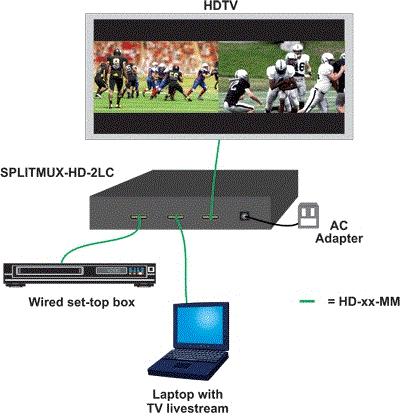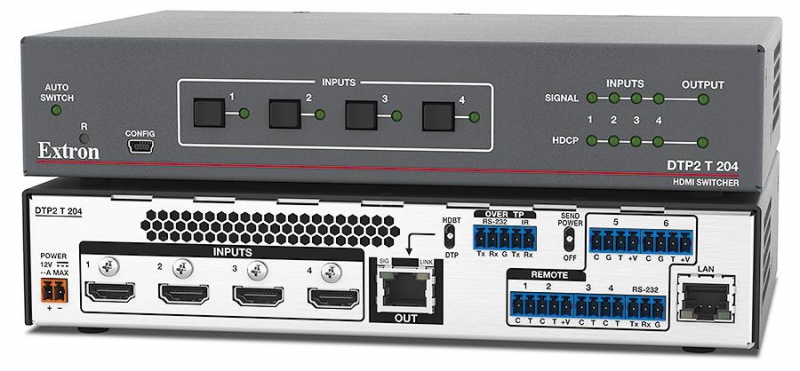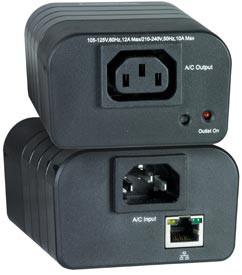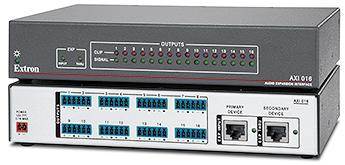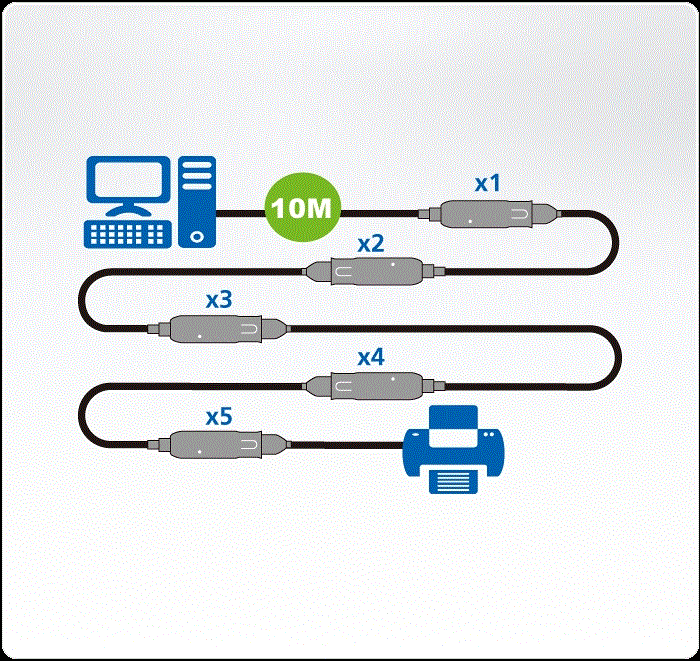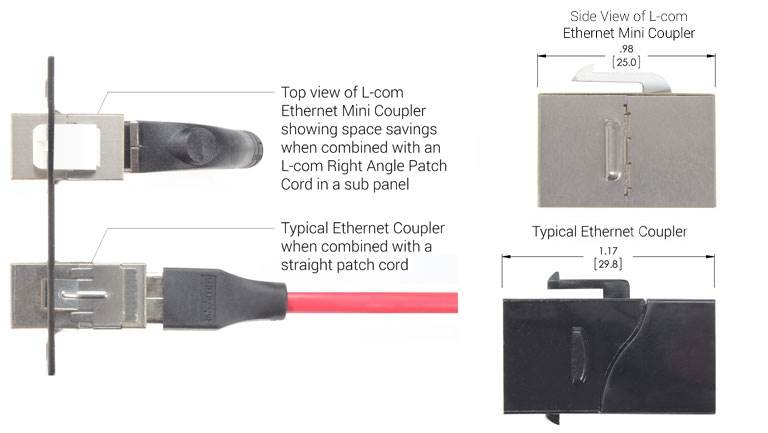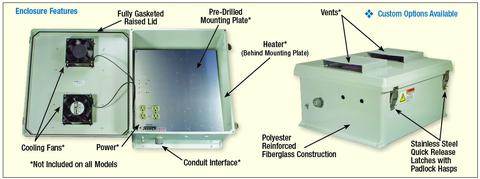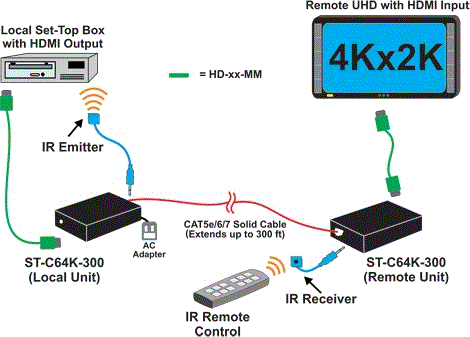- Contact 0870 350 7767
- |
- Advertise
The Benefits of using a Cross-Polarized Antenna
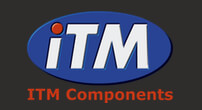 News and PR from ITM Components Ltd - Published 15 May 2018
Antenna polarization may be one of the least understood properties of a wireless signal. Find out more.
News and PR from ITM Components Ltd - Published 15 May 2018
Antenna polarization may be one of the least understood properties of a wireless signal. Find out more.This can be corrected by slanting the orthogonal polarized antenna elements to plus or minus 45 degrees. By slanting one of the antenna elements 45 degrees to the left and the other 45 degrees to the right, improved equality in received signal levels can be achieved. This can help improve coverage in urban environments.
Another advantage to using these types of cross polarized antennas is in co-located wireless system installations. Since multiple antennas are used within the same facility or tower, this often gives interference issues among antennas which are usually vertically or horizontally polarized. Using 45 degree slanted cross polarized antennas on the client side as well on the base station side can greatly reduce interference and improve overall performance.
Some of L-com's antennas also feature spatial diversity in addition to being cross-polarized. This is useful for operating in areas susceptible to the effects of multi-path interference. By providing spatial diversity, the radio's internal circuitry can select between the two receive antennas for better wireless reception.
In the case of 802.11n or MIMO applications, two or more spatially or polarization diverse antennas are required for the radio to operate at its highest data rate.
Other announcements from ITM Components Ltd
-
Watch 2 Football Games on a Single TV Screen
The SPLITMUX-HD-2LC HDMI Dual Screen Splitter/Multiviewer can be used with two satellite/cable boxes and/or computer live streams to allow two football games to be displayed on a single television screen.
08 Oct 2019
-
Extron New Advanced Four Input 4K/60 4:4:4 HDCP 2.2 Switcher
with Integrated DTP2 Transmitter
03 Oct 2019
-
Extron and Logitech - Complete AV Control for the modern workplace
Extron makes it easy to add automation and AV control to Logitech SmartDock and Tap within today's modern workspaces.
15 Mar 2019
-
What are the different types of RJ45 connector covers?
VPI, (Video Products Inc.), offer a full range of RJ45 Connector Covers.
26 Nov 2018
-
On/Off/Reboot - Remotely control power with NTI
The ENVIROMUX® Remote Power Reboot Switch allows you to remotely reboot and control power (on/off) to a server or other powered device over IP. The Easy-to-use web interface makes controlling power from anywhere in the world child's play.
21 Nov 2018
-
Extron's New Cost-Effective Collaboration System with Wall Transmitter
The HC 403 is an easy-to-use AV system solution for professional and educational spaces.
12 Jul 2018
-
New Coax Cable and Cable Assemblies From Altelix
Altelix has expanded its coaxial range to include a wide choice of Low-Loss and RG series cables. The high performance low loss cable line includes 100-Series, 195-Series, 240-Series, 400-Series and 600-Series. Available on reels or by-the-foot, cable types include Fire Retardant, Plenum Rated, Watertight Direct Burial and Ultra Flexible.
25 Jan 2018
-
Extron's New Audio Expansion Interface easily adds 16 Audio Outputs
Introducing the AXI 016! A new 16 output audio expansion interface for DMP 128 Plus audio DSP systems.
09 Jan 2018
-
New USB 3.1 Extender Cable - Daisy-chainable up to 50 metres
The ATEN UE3310 USB3.1 Gen1 Extender Cable allows you to extend the distance between the computer and USB devices up to 10 metres, and up to 50 metres if daisy chaining!
27 Nov 2017
-
High-Performance Cat5e and Cat6 Ethernet Mini-Couplers
Newly available in three options: Cat5e or Cat6 rating, shielded or unshielded and either in-line or keystone-style.
26 Apr 2017
-
Hetec Multiviewer V-Switch Quad XP passes maritime certification
Hetec's Multiviewer V-Switch Quad XP has successfully qualified for the certification according to the maritime standard IEC 60945 for KVM devices.
03 Apr 2017
-
-
-
EXTEND 4K WITHOUT HURTING YOUR POCKET
We have just had a look at the new NTI XTENDEX® 4K HDMI extender and it really is the business.
27 Oct 2016




